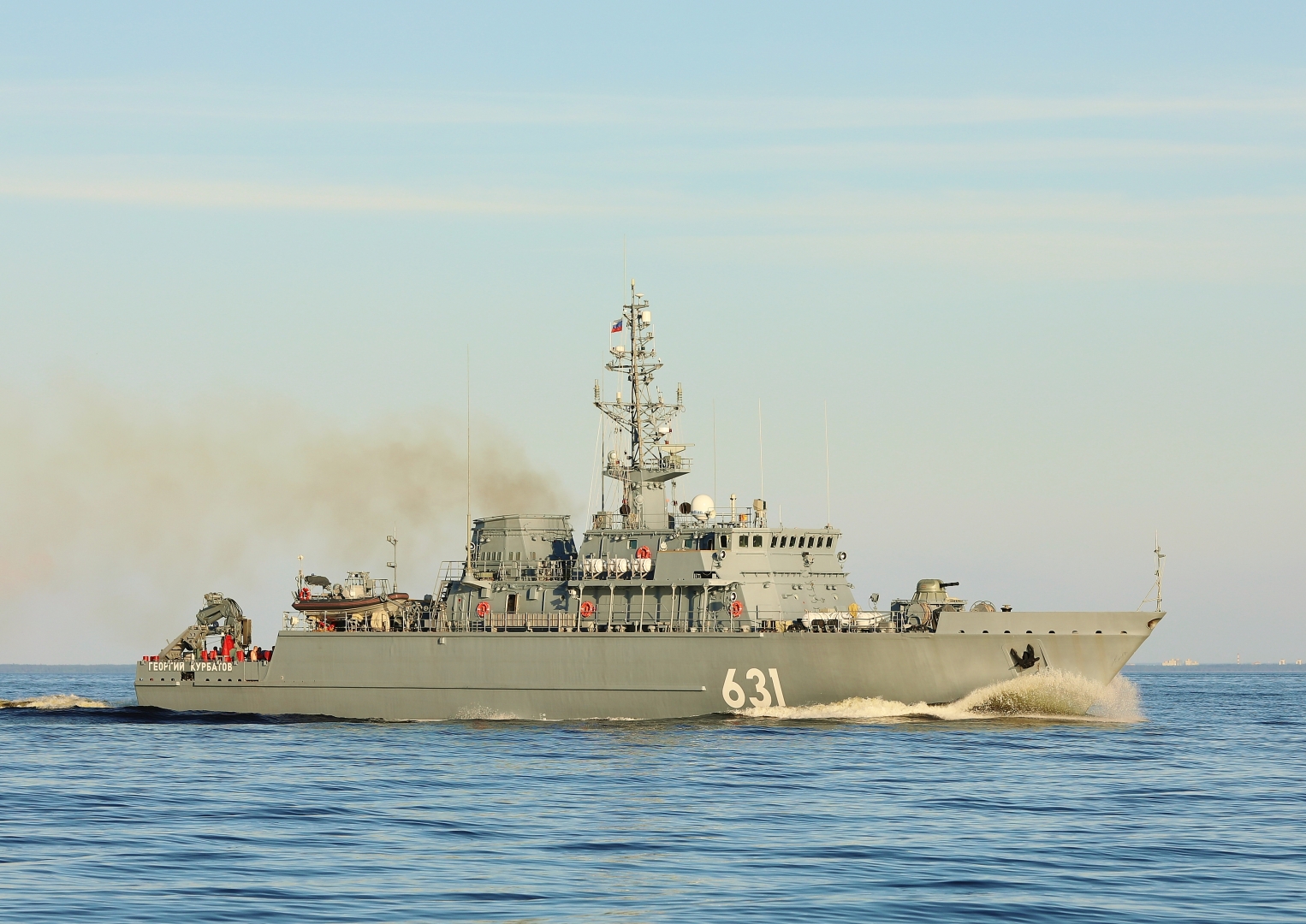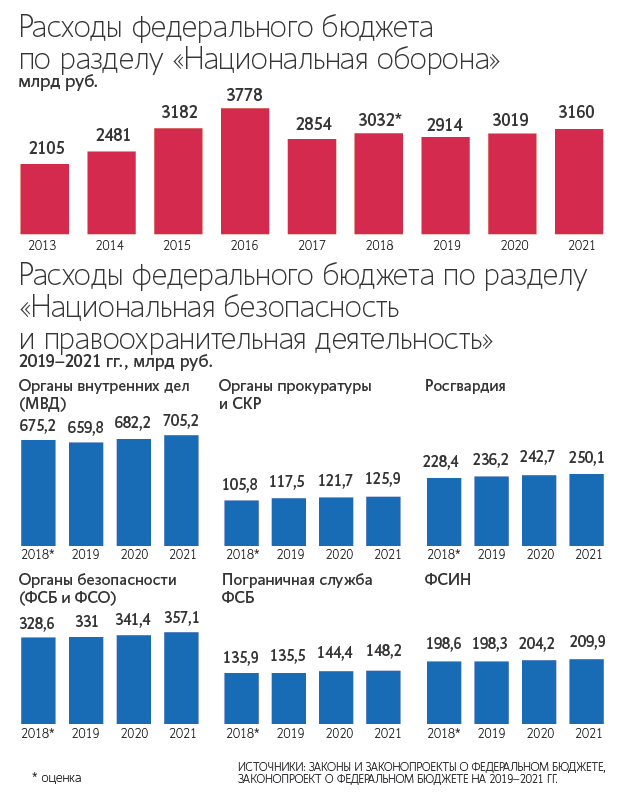
New Russian Anti-Mine Ships Vol. AS WELL AS
Alexander Obukhov, prototype of a new generation of Russian anti-mine ships WMF. In the photo taken at the final stage of testing, the ship is fully equipped and entered service in this form.
On December 9 last year, in Kronstadt, the flag of the Naval Flotilla was raised over the base minesweeper "Alexander Obukhov" - a prototype of a new generation of anti-mine ship with the features of a minesweeper. He was part of the 64th brigade of ships for the protection of the water area, based in Baltiysk. It was supposed to open a new chapter in the history of the Soviet and Russian navies, but, as it turned out, it still lacks a few blank pages...
The Naval Command of the USSR Fleet attached great importance to mine action. This is reflected in the construction of numerous subclasses and types of ships designed for these tasks, including truly avant-garde projects. Innovative devices and systems for detecting and clearing mines were also put into service. Ironically, the Russian minesweeper today is a sad sight, made up of surviving ships that have avoided decommissioning over the years of service without repair and corruption of the command staff, and their technical development corresponds to the 60-70s.
For the Russian Navy, the topic of mine protection (hereinafter - MEP) is as important as it was during the Cold War, but the lost years after its end left it - in terms of potential - on the sidelines of world achievements in this area. This problem has long been recognized, but financial and technical constraints have hindered and continue to limit progress in this area. Meanwhile, since the beginning of the new century, even such “insignificant” fleets of neighboring countries as Poland or the Baltic States have been gradually introducing mine hunters equipped with underwater vehicles and new types of sonar stations, which, of course, is a problem for Russians that undermines their prestige. They are trying to bridge the aforementioned chasm, but since Soviet times, only one major research and development program in the field of search, classification and destruction of sea mines has been launched, which, despite promising results, has been suspended. Some observers in Russia see reasons for this not only in financial and technical difficulties, but also in the desire of lobbyists to buy abroad. Some progress has been made on new and upgraded platforms, but the lack of dedicated systems for them means the problem is still a long way off.
First steps
The Russians were the first in the world to commission plastic minesweepers. The advent of naval mines with non-contact detonators in service with NATO countries led to the search for ways to minimize the vertical component of the magnetic field and other physical properties generated by the OPM installations. In the first half of the 50s, the VMP command ordered work on a small minesweeper with a wooden hull or a low-magnetic steel hull that could safely operate in a dangerous area. In addition, the unit was to be equipped with new types of search and destruction systems for non-contact mines. The industry responded with the base minesweeper 257D developed by TsKB-19 (now TsKMB Almaz), the construction of its prototype began in 1959. The device had a composite structure, with a steel low-magnetic frame and wooden sheathing. As a result, a 50-fold decrease in the magnitude of the magnetic field of the unit was achieved compared to its predecessors, steel ships of project 254 and 264. However, wooden hulls had significant drawbacks, including construction technology, and the presence of properly equipped repair shops was required. at the homing site, and their service life was limited.
